Is there any non-native speaker in English who never confused the words ‘flash’ and ‘flesh’? I don’t think so. Seeing the trailer of an upcoming show in the Trafó by Franck Vigroux and the CIE d’Autres Cordes, I constantly had to remind myself that the title is ‘flesh’, implying something deeply living, breathing and aching, and not the ethereal, volatile ‘flash’. An account of a painful car accident, mixed with some inspiration from literature, brings together many different elements here. Trauma of the physical body, the ‘flesh’, bringing one to a modified sense of how time is ticking, and to a spectacular, ‘flashing’ experience of the visual and audial – these are all evoked in this intriguing multi-artistic performative play. I asked composer and director Franck Vigroux some questions on the show and its artistic process.
I have read that one of the main inspirations for this show was a car accident that you had in the past. What does this mean exactly?
That accident happened to me around twenty years ago, and it was quite a serious one. I still remember the details very clearly, despite the long time that has passed ever since. Its drasticity is almost unlikely: one moment you are driving, and the other you lie with a modified state of mind, unconscious about the physical circumstances.
Well, that happened after all, and I moved on, but then I read works of the English writer J.G. Ballard. Crash is a quite famous one, it even has a film adaptation, or there is another one, Concrete Island. Car accidents play a huge role in both. These lectures resonated very much with my own experiences and gave me the idea to create my own artistic vision and narrative, part of Ballard’s world and part of my own accident, finding a middle way between the two.
It is a depiction of the moment of the accident and its immediate consequences. It doesn’t have a realism that involves the ambulance or the victim’s physiology, but it works with images, lighting and objects that give an accurate impression of how that all can feel. It’s a visual experiment where all elements serve some dramaturgic purpose.
Seeing the trailer, one can also think this was a new genre, mixing and collaging many different elements. Is that really so?
Well, it doesn’t have to be defined as a new genre or a collage. I think the particularity of this piece is the relationship between the music and the visual-performative elements. In other cases, it is usually the choreographer who requests the music from the composer, the visual solutions from the scenographer, but I work with reversed rules. I start to work with the image and that work basically never stops during the artistic process. The visualisation is already there on my mind when I compose the music and influences its directions. I also favour a certain way of choreography and dance, which is not that theatrical and fits well to my music. That’s not the first time I have been working like this – for me that’s something natural, something total, to bring together the scene and the music.
How does it happen in the praxis?
I compose the music, then I use this material with the other elements, like the video, the dance, the equipment, and so on, so that they develop each other constantly. Then I put my composer part in the foreground and set everything like an opera, adapting the music accordingly. That’s my working process, I don’t know whether it’s common or rare, but in my case I can definitely say that it is a very vivid way.
You also said that it’s “a research on music” on the borderline of “visual arts and electronic opera”. How do you mean this? What does electronic opera mean at all?
It’s a bit of a provocation. My music might be unusual, but Flesh still has similar elements to a traditional opera: you can meet a composer’s world, see how music gets on stage through artists, visualisations, scenery.
As for the research part: I usually work on the single elements for a very long time. The work for this particular piece started two years ago. The whole process, including the choreography part, is very intuitive. Some parts of the video are from video artists Kurt d’Haeseleer old works but influenced me a lot to compose the whole piece etc I must say it’s a very collaborative process in general.
How did it all work in terms of development of the show?
As I mentioned, it all started two years ago with the initial composition of the music. I spent a lot of time in the studio. That’s not a linear process, sometimes you create something, sometimes you cut something out. Then the other part can come, like in this case working with the media artists Kurt d’Haeseleer and Olivier Ratsi on the videos, and with dancers Azusa Takeuchi and Céline Debyser as well as with choreographer Myriam Gourfink on what should happen on stage. During the creation of such a show, I never really ask whether I have a “stronger” identity of the composer or the director, as both parts inform each other during the whole process.
How can you be sure that the technological possibilities will be given to your visual ideas when sketching them or working on the music?
Well, that’s not a big issue, as we use very simple and few technology, yet it has many possibilities to interact with both the music and the artists on stage. There are the videos, right, and there is an electronic music and then some playing with the lights and some visual effects on stage, and that’s it. This show is still rather based on traditional performative art than pure technology, but the latter also has a lot of ways to enrich this multi-sided artwork.



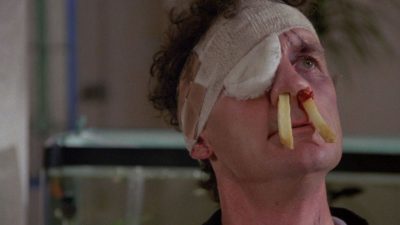
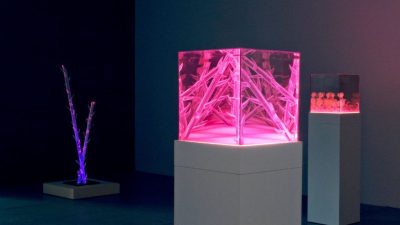
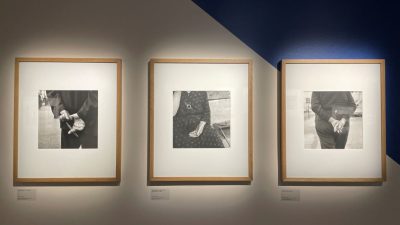
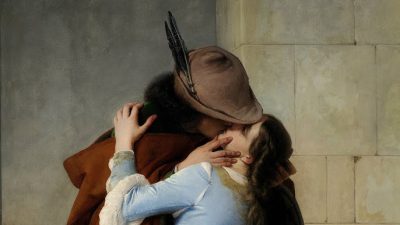










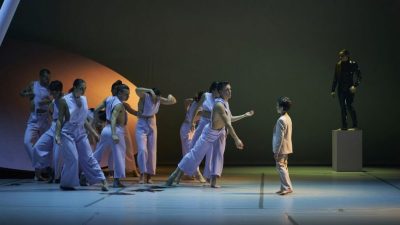




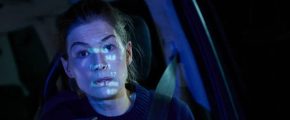
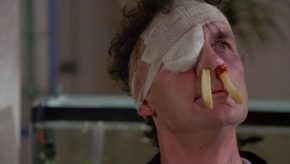
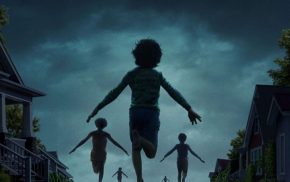
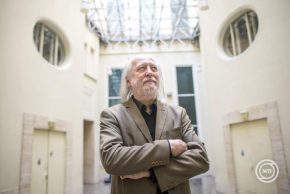
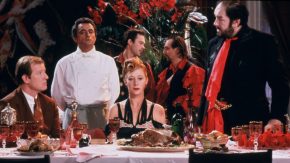
Comments